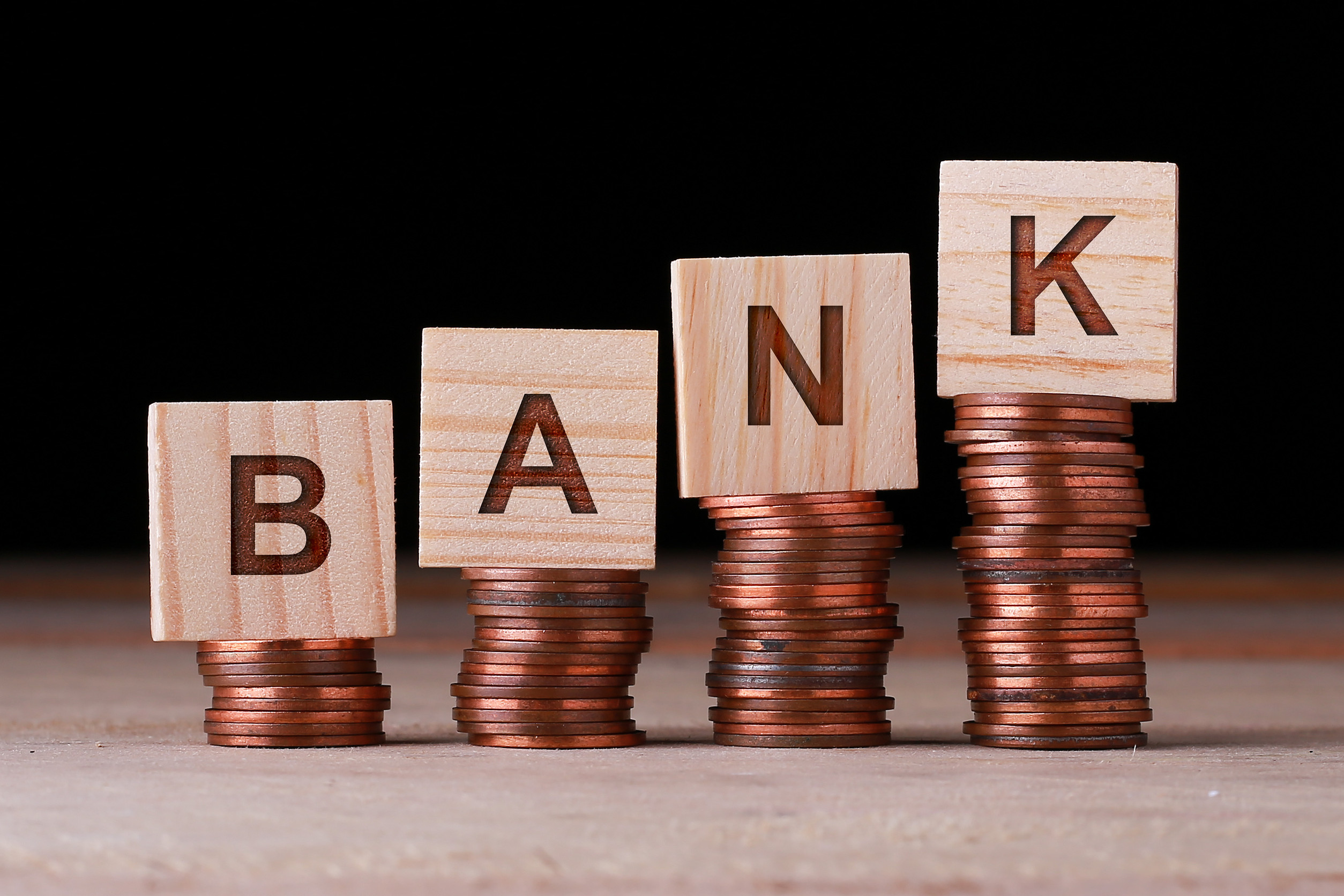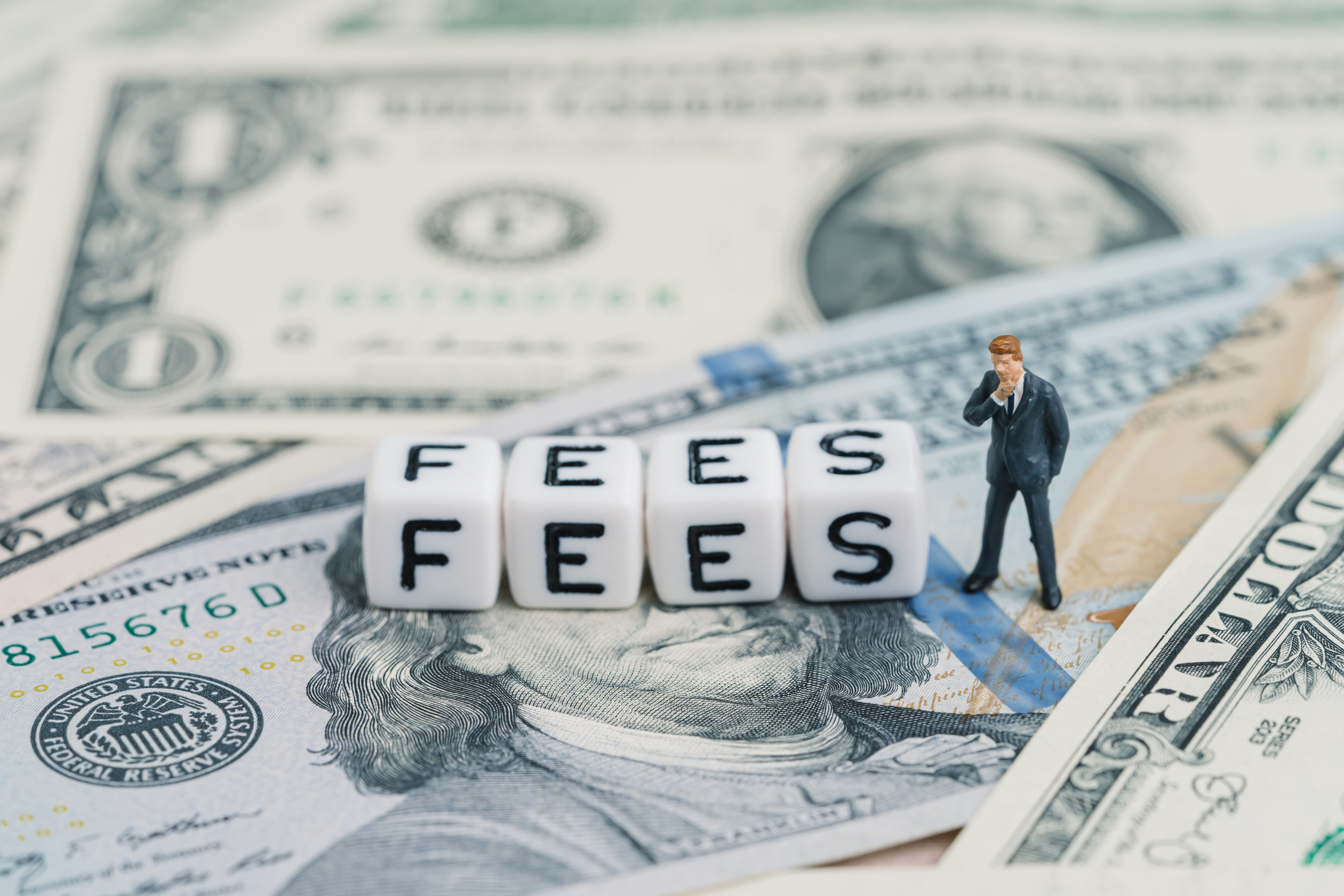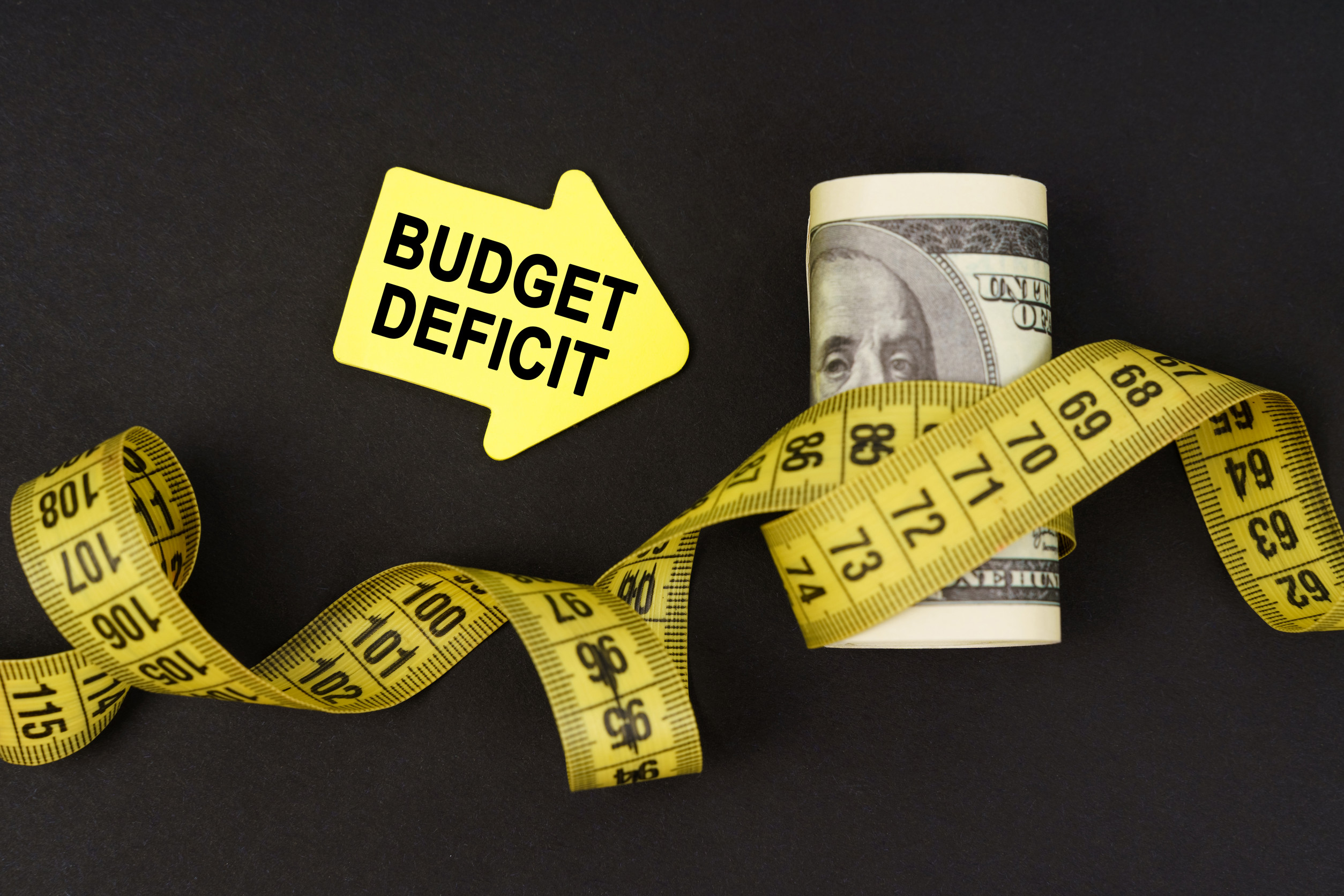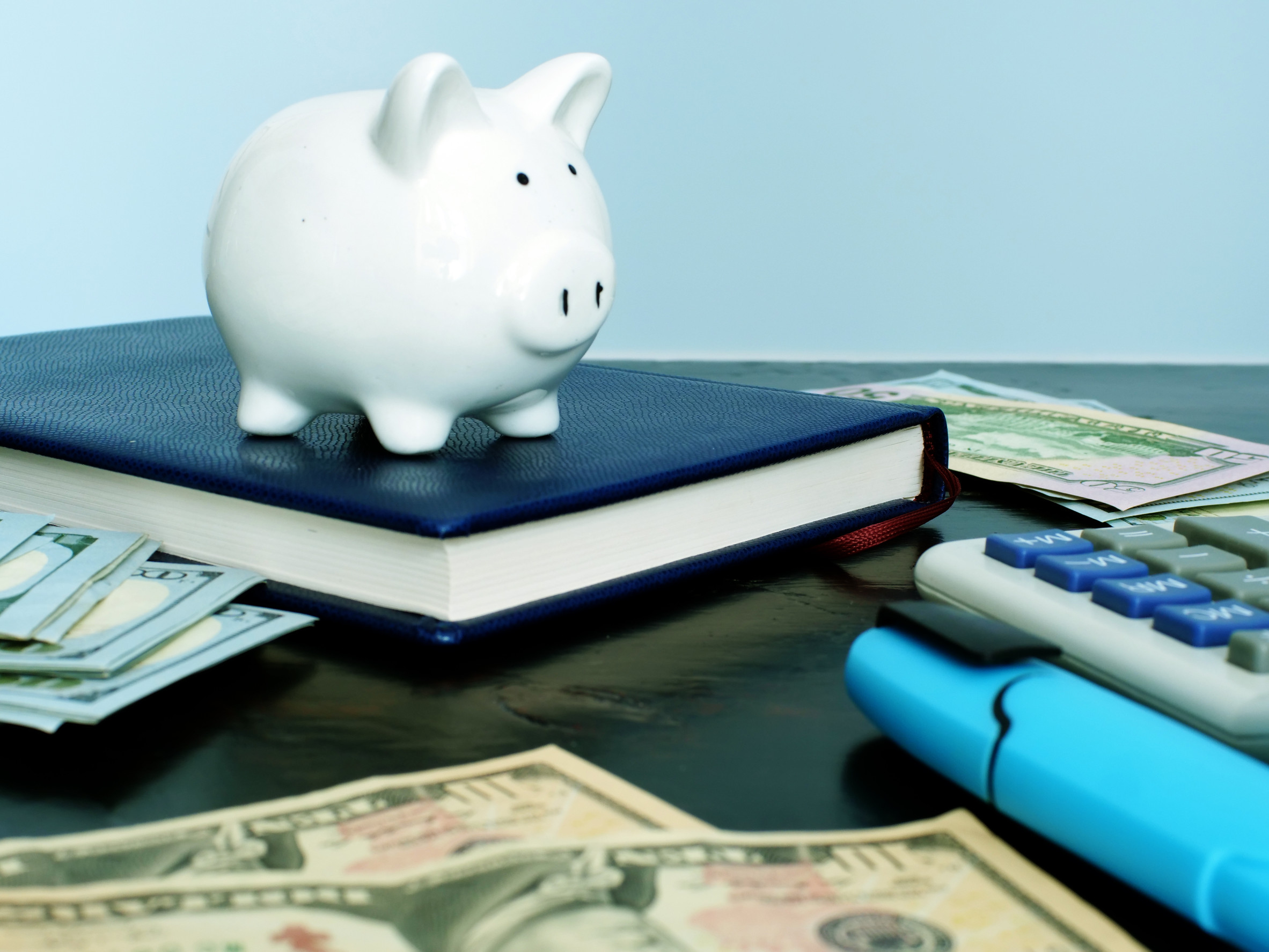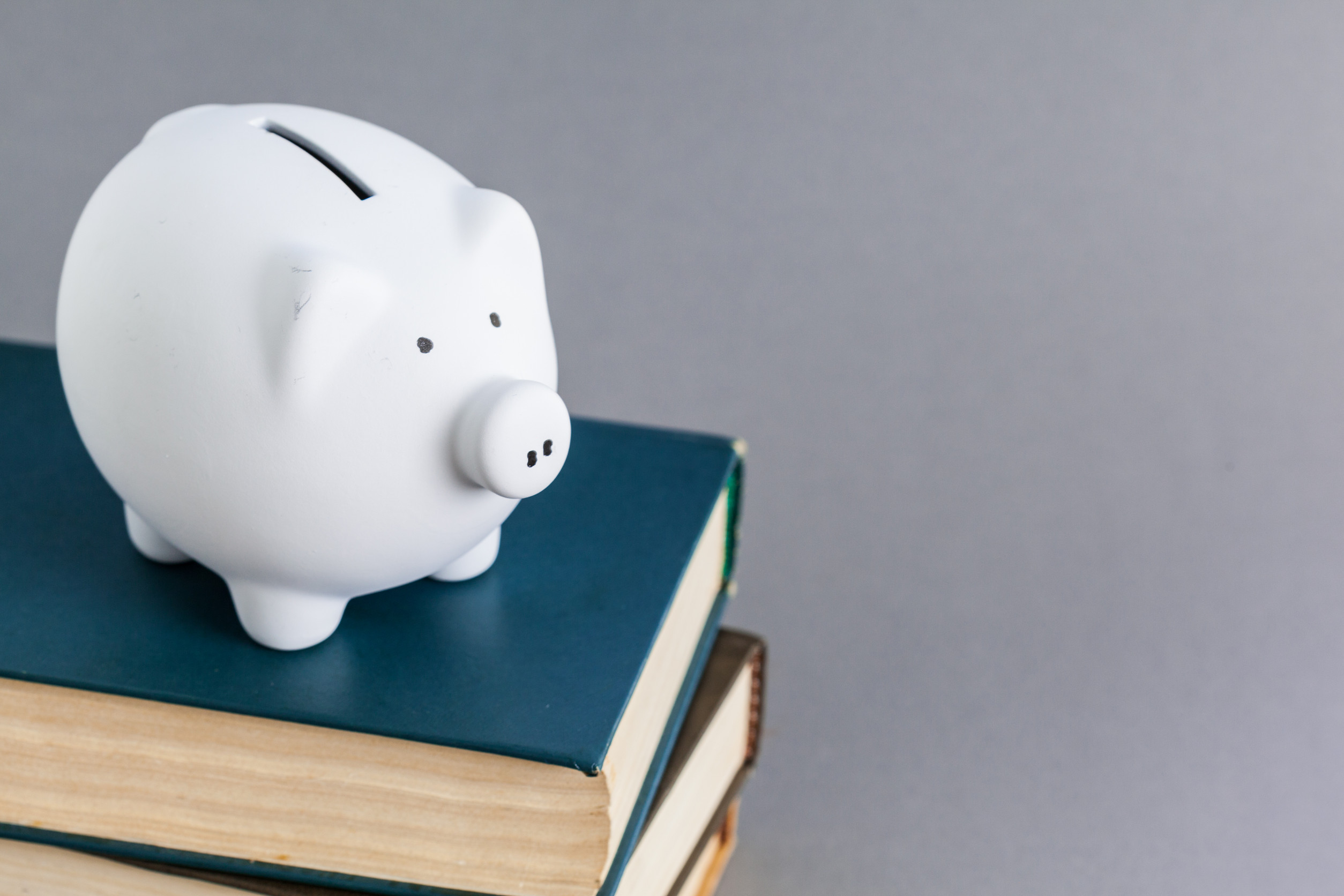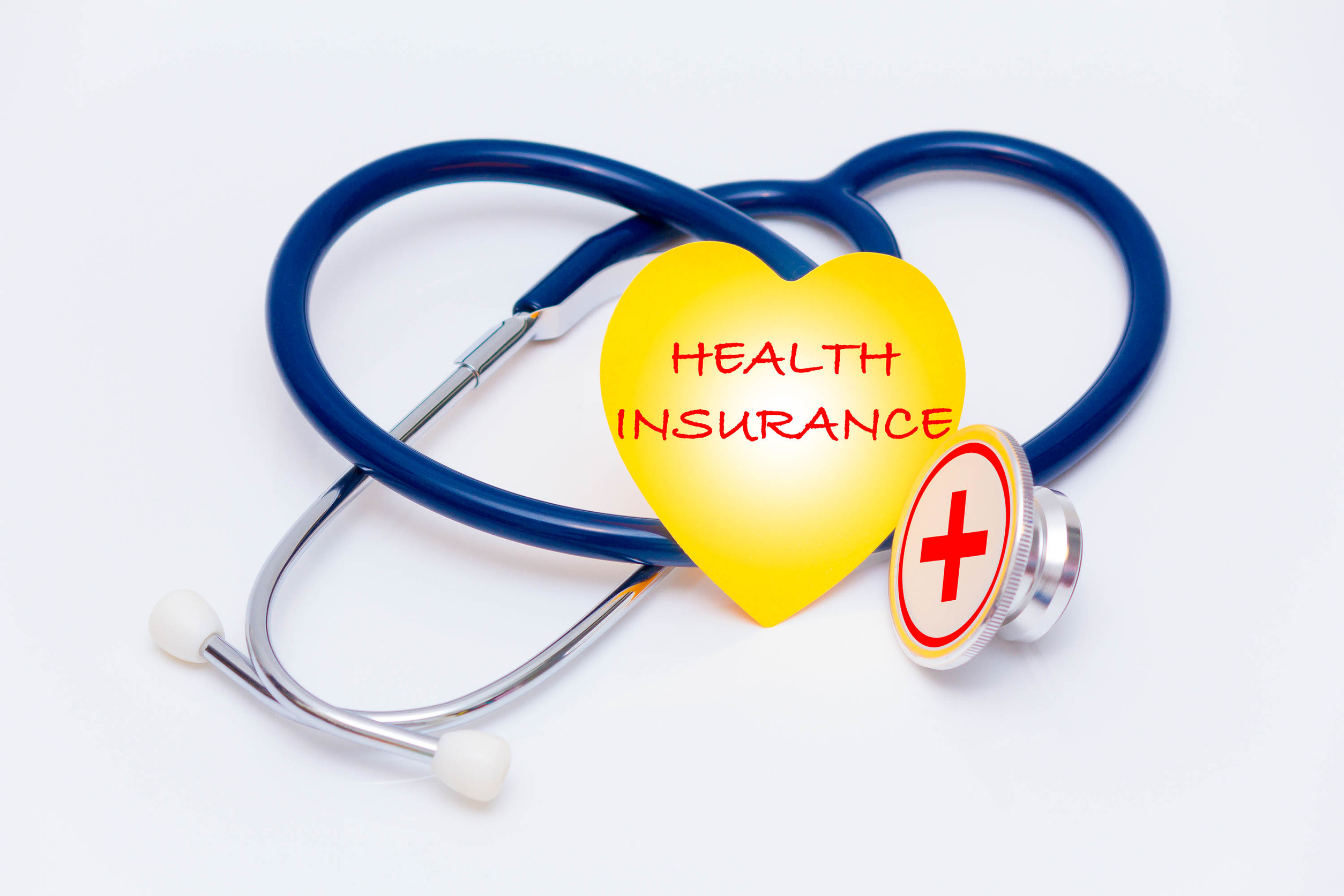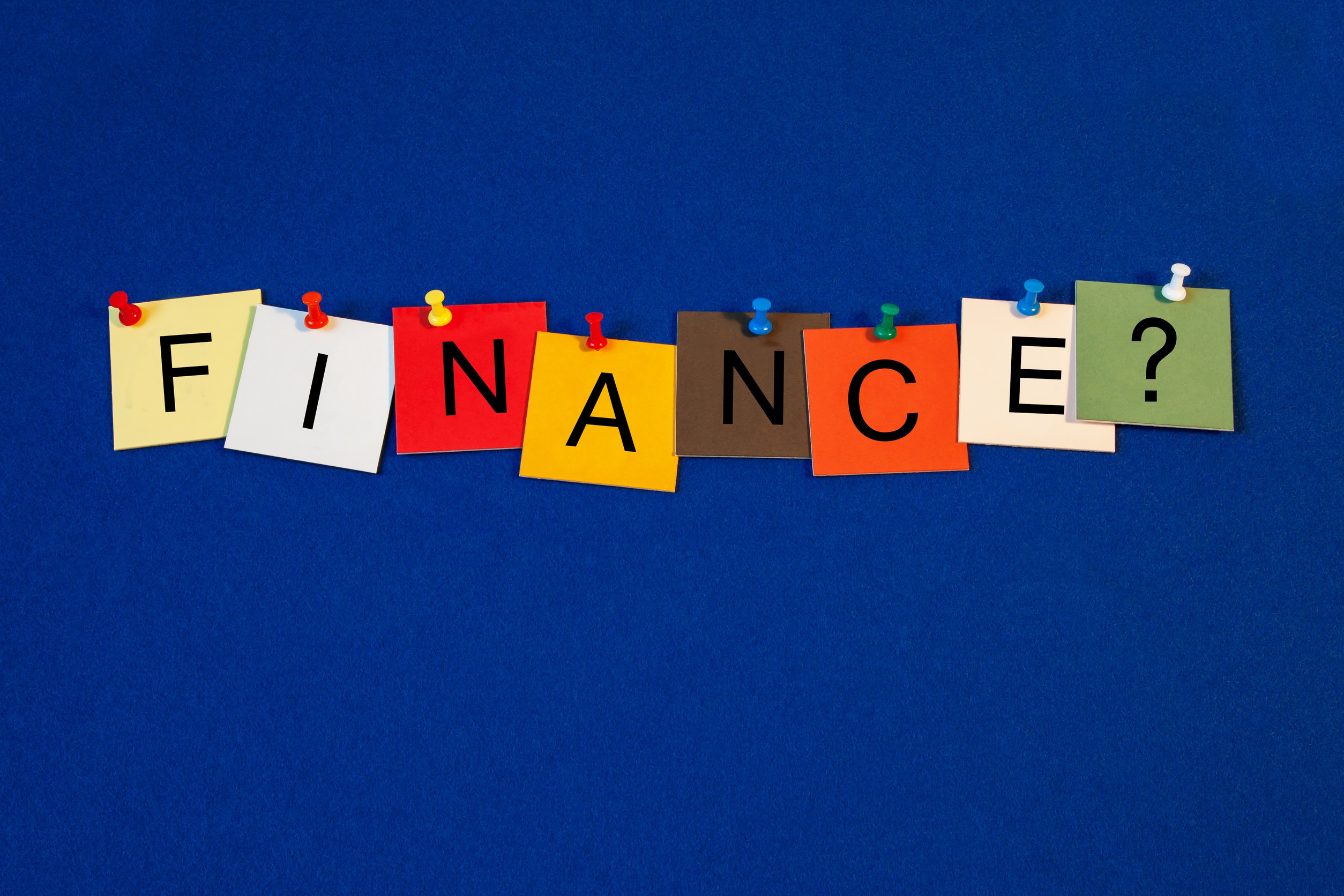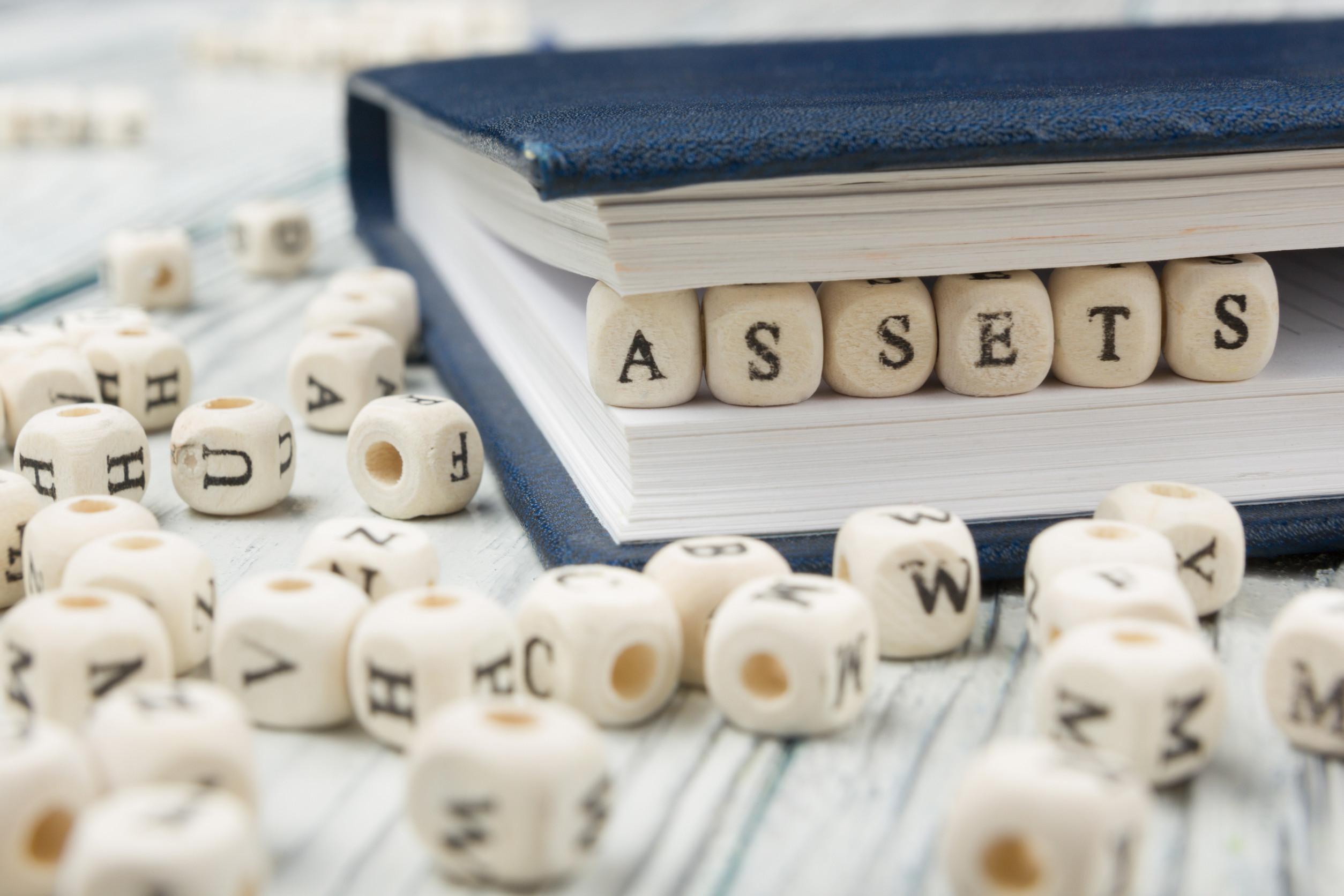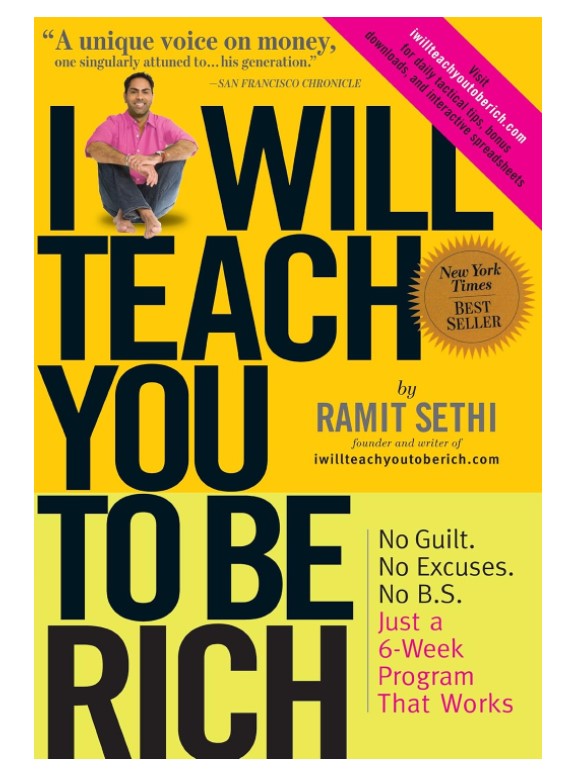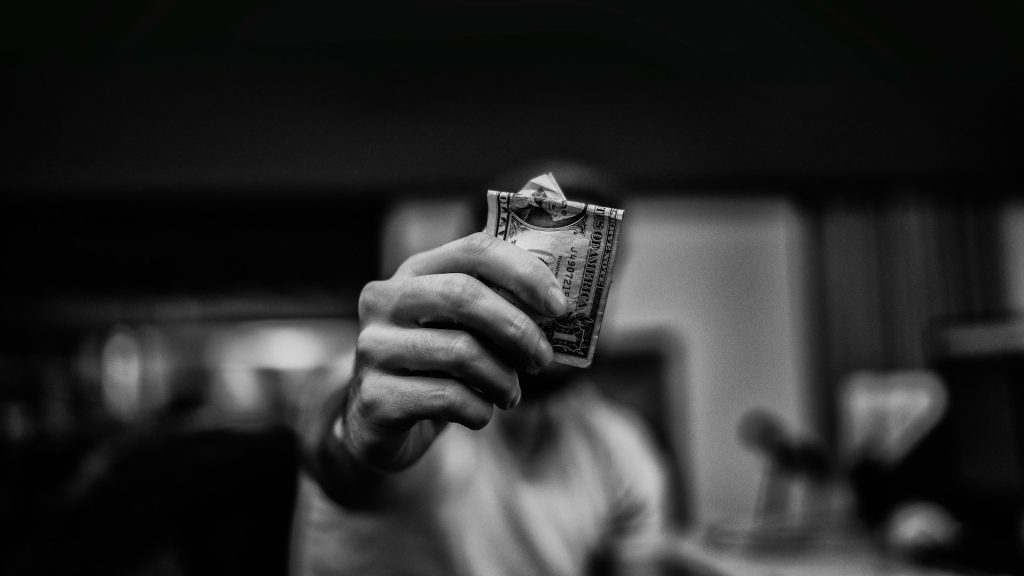
Image Source: unsplash.com
Have you ever noticed how being short on cash seems to make everything more expensive? This financial paradox affects millions of Americans living paycheck to paycheck. Understanding the “poverty premium” can help you identify these hidden costs and find ways to overcome them. Let’s explore the surprising ways that having less money often means paying more for basic necessities and services.
1. The Banking Penalty
Banking services often come with hidden costs that disproportionately affect those with lower incomes. Minimum balance requirements force many to choose between keeping extra money locked in accounts or paying monthly fees that eat into limited resources. Overdraft fees can cascade quickly, turning a single $35 charge into hundreds of dollars in penalties for those living on tight margins. Check-cashing services become the only option for the unbanked, charging steep percentages that wouldn’t apply to those with traditional accounts. Mobile banking alternatives often come with per-transaction fees that add up quickly for those making multiple small purchases. The cumulative effect creates a system where those with the least money pay the most to access their own funds.
2. The Transportation Trap
Transportation costs create a significant financial burden for lower-income households in ways that aren’t immediately obvious. Affordable housing is typically located farther from employment centers, forcing longer, more expensive commutes that wealthier individuals can avoid. Older, less expensive vehicles often require more frequent repairs and consume more fuel, creating unpredictable budget disruptions. While cheaper than car ownership, public transportation often involves time penalties with longer commutes that reduce earning potential or family time. Car insurance companies frequently charge higher premiums in lower-income zip codes, creating another financial penalty based solely on address. The inability to make bulk transportation investments (like annual transit passes) means paying higher per-trip rates that add up substantially over time.
3. The Food Price Paradox
Food costs reveal some of the most striking examples of how poverty becomes expensive. Grocery stores in lower-income neighborhoods typically offer fewer options at higher prices than their suburban counterparts, creating a “food desert” premium. Bulk purchasing power, which significantly reduces per-unit costs, remains inaccessible to those without storage space or upfront capital. Fresh produce and healthier options command premium prices compared to processed foods, making nutritious eating more expensive in the short term. Transportation limitations often force reliance on convenience stores, where prices for identical items can be 40-60% higher than supermarkets. The time poverty that accompanies financial hardship limits meal preparation options, making more expensive ready-made or fast food the only practical choice for many working families.
4. The Housing Cost Burden
Housing represents the largest expense for most households, but hidden costs affect lower-income renters disproportionately. Security deposits and first/last month’s rent requirements create significant barriers to accessing affordable housing options. Rental application fees can quickly accumulate when applying to multiple properties in competitive markets. Credit check requirements penalize those with limited credit histories with higher deposits or outright rejections. Utility costs in older, poorly insulated rental units can be substantially higher than in newer, more efficient housing typically available to higher-income households. The inability to qualify for mortgages keeps many trapped in rental markets where monthly payments often exceed what a mortgage would cost for the same property.
5. The Credit Accessibility Gap
Access to affordable credit creates perhaps the most significant long-term wealth gap between income levels. Subprime interest rates can more than double the cost of major purchases like vehicles or appliances for those with lower credit scores. Payday loans and high-interest credit cards become the only emergency funding options, with annual percentage rates sometimes exceeding 400%. Rent-to-own arrangements for furniture and appliances can ultimately cost three to four times the retail price of items. Security deposits for utilities and services replace the credit-based systems available to those with stronger financial profiles. The resulting debt cycle becomes increasingly difficult to escape as interest compounds and consumes a growing portion of monthly income.
Breaking the Cycle: Finding Financial Fairness
The poverty premium isn’t inevitable, but overcoming it requires awareness and strategic action. Financial education programs can help identify hidden costs and develop strategies to minimize their impact on tight budgets. Community-based alternatives like credit unions often provide more accessible banking services with fewer penalties for lower balances. Policy reforms targeting predatory lending practices have successfully reduced the most extreme examples of the poverty premium. Even in small amounts, building savings creates crucial financial buffers that prevent cascading fee structures. Recognizing these systemic challenges is the first step toward creating more equitable financial systems that don’t penalize people for having less.
Have you experienced paying more for services or products because of your financial situation? Share your experiences and strategies for overcoming these challenges in the comments below.
Read More
The Silent Killer of Your Budget: 10 Pointless Expenses That Are Keeping You Poor
The Spending Freeze Challenge: Could You Survive a Month Without Shopping?



